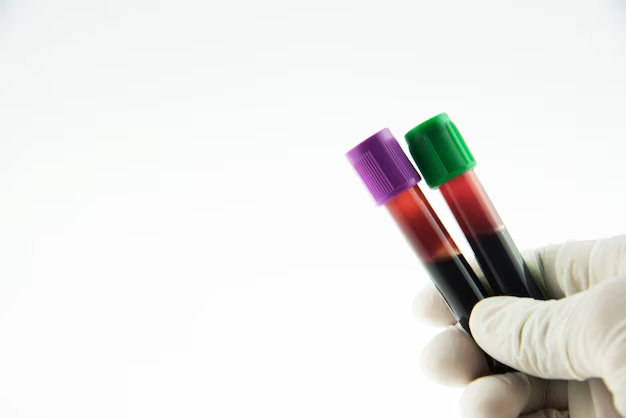How to Become a Licensed Phlebotomist
Pursuing a career as a licensed phlebotomist is both rewarding and essential within the medical field. Aspiring phlebotomists should focus on obtaining the appropriate education and certifications to ensure success in this vital role. While a specific degree isn’t mandatory, enrolling in a phlebotomy training program accredited by the National Accrediting Agency for Clinical Laboratory Sciences (NAACLS) or equivalent is highly recommended. These programs, often available at community colleges and vocational schools, provide theoretical knowledge combined with practical experience in blood drawing techniques, safety protocols, and patient interaction proficiency. Upon completion, obtaining a certification from recognized organizations such as the American Society for Clinical Pathology (ASCP), National Healthcareer Association (NHA), or American Medical Technologists (AMT) can significantly enhance one's career prospects. These certifications validate your skills and knowledge, making you more competitive in the job market.
In many states, certification is not only recommended but required to practice legally as a phlebotomist. Additionally, staying updated with renewed certifications showcases a commitment to professional development and adherence to state-specific licensing requirements. By prioritizing accredited courses and recognized certifications, you lay a strong foundation for a successful career in phlebotomy.
Recommended Educational Pathways to Become a Licensed Phlebotomist
- 🎓 Phlebotomy Training Program
- Offered by community colleges or vocational schools
- 📜 Certification Options
- American Society for Clinical Pathology (ASCP)
- National Healthcareer Association (NHA)
- American Medical Technologists (AMT)
- ✅ State Licensing (if required)
- Compliance with state-specific regulations
- 🔄 Renewal and Continuing Education
- Keeping certifications current through continued education programs
